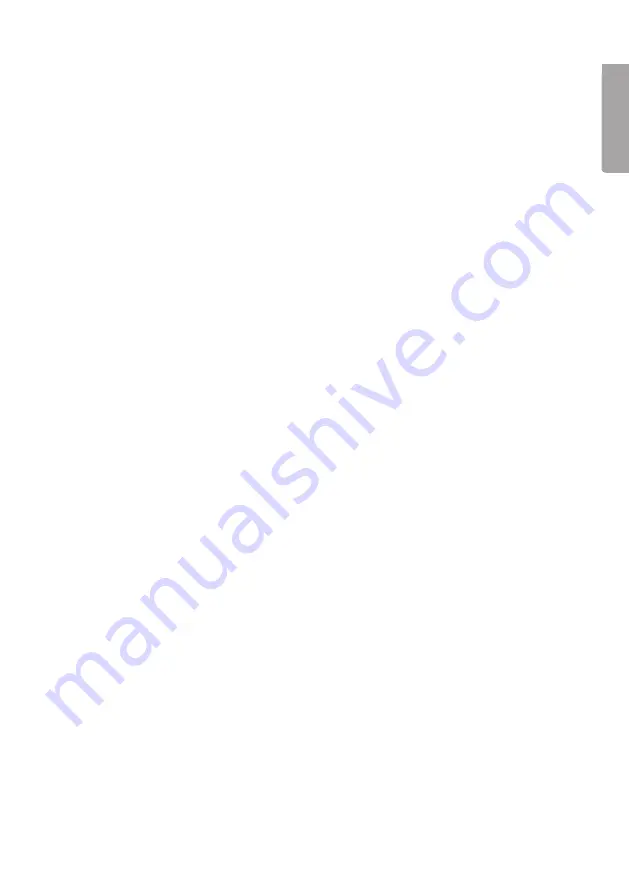
5
English
Operating instructions
Preparations
Suitable coating materials
Water- and solvent-based paints, 2-component paints, primers, clear finishes, vehicle
finishes, glazes, wood preservatives (sealants, oils, etc) and wood stains.
Unsuitable coating materials
Emulsion paints, alkaline paints, calcimine paints (whitewash), distemper, materials
with a flashpoint below 21 ºC.
Preparing the coating material (thinning)
Thoroughly shake the can of coating material before opening it. Coatings such as
paints normally need to be diluted/thinned before spraying. Test a small amount
of the coating before diluting it all. Follow the manufacturer’s advice for thinning
the coating you are using. Consult your local paint dealer if you are uncertain.
Spray painting
1. Remove the lid of the paint cup and fill the cup ¾ full.
2. Refit the lid and switch the air compressor on.
Caution:
Never exceed the maximum operating pressure (5 bar) in any part of
the air hose system.
3. Check that the lid of the paint cup is tight, that the cup is fitted correctly onto
the spray gun and screwed tight and that all the connections in the air hose
system are correctly fitted.
Preparation of the workpiece to be coated
• The quality of the finish will depend on how clean and smooth the surface is before
it is sprayed. Sand and fill rough or cracked surfaces if required. Remove all dust
from the work area before starting to spray, vacuum clean if possible.
• Cover all surfaces and objects that should not be sprayed with masking tape and
dust sheets or remove them from the work area.
• Cover all hinges, screw threads, etc.






































